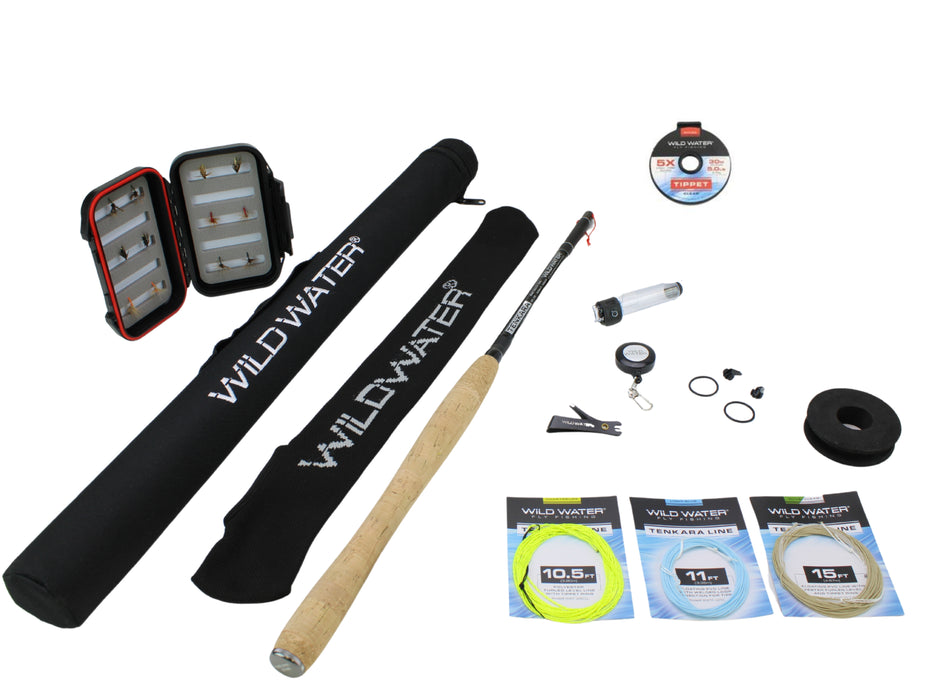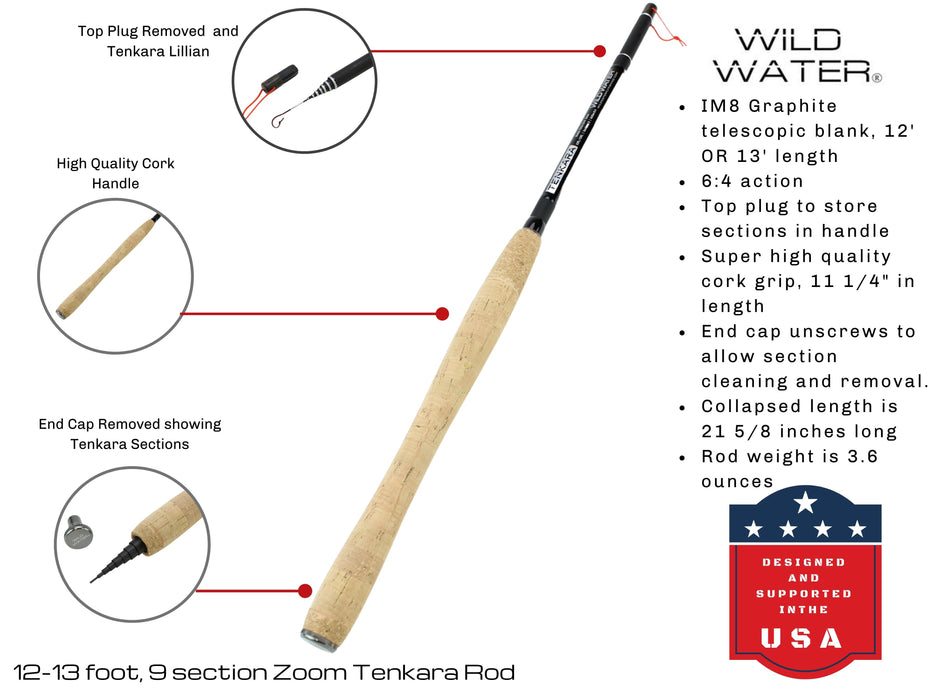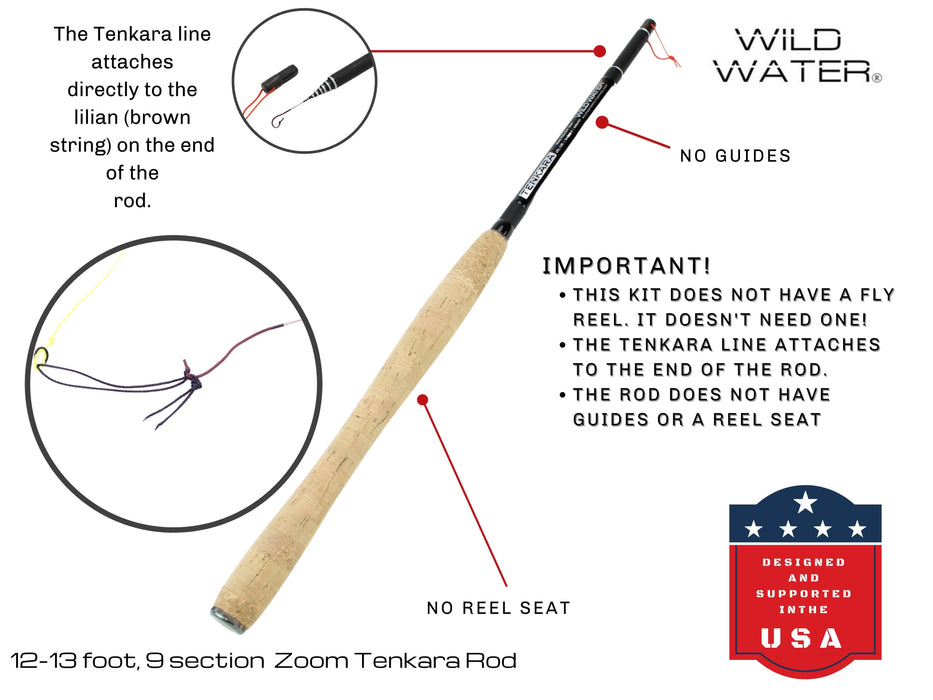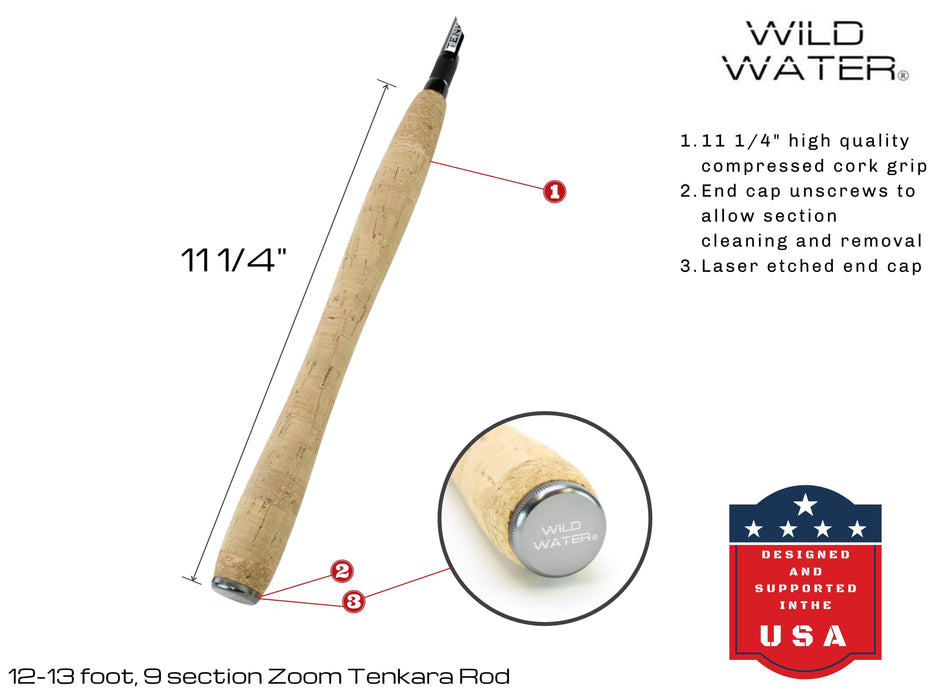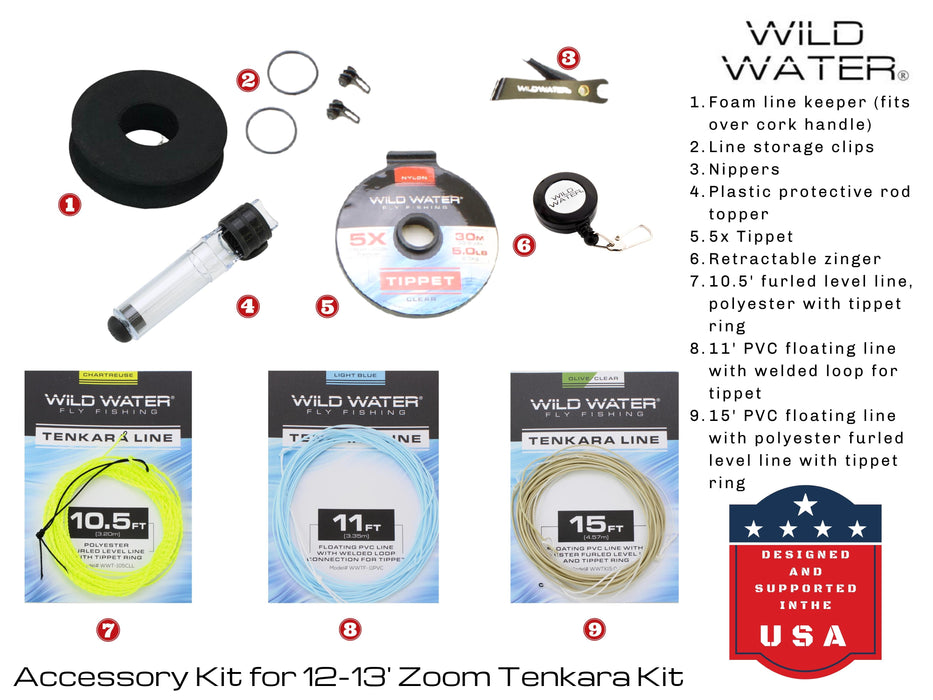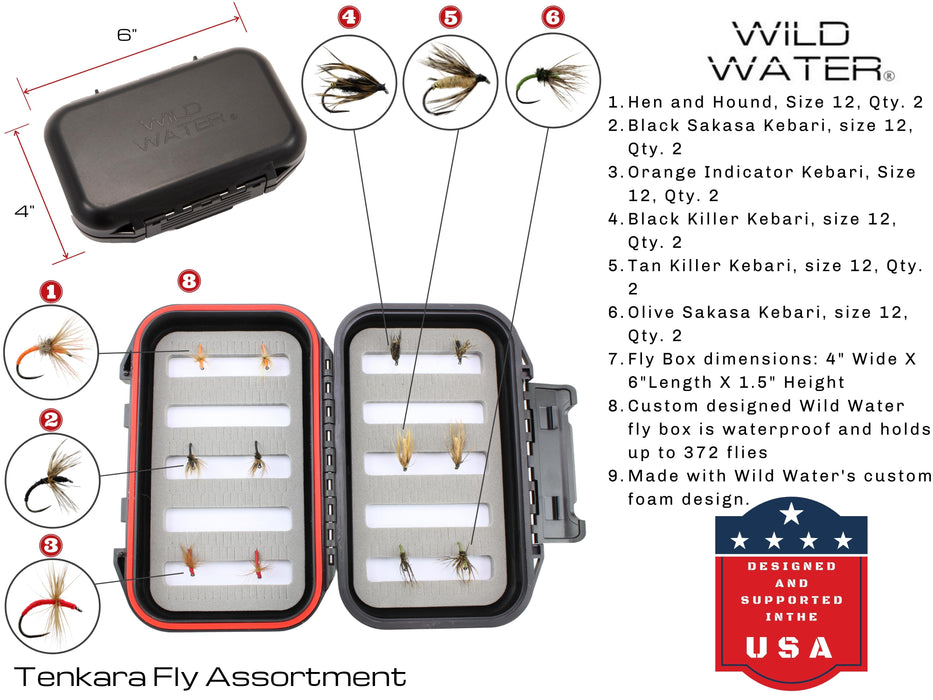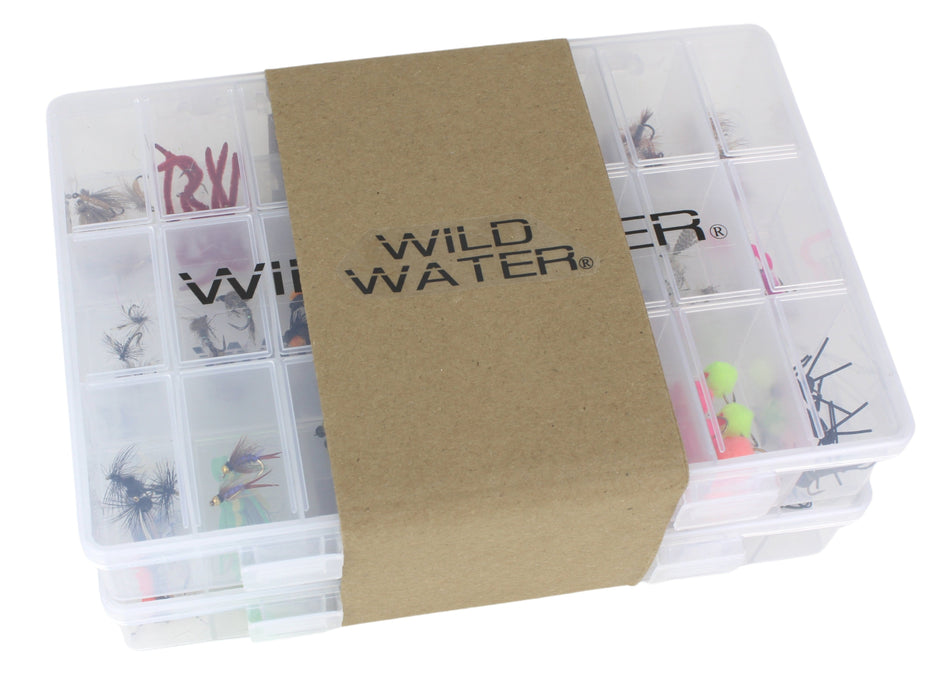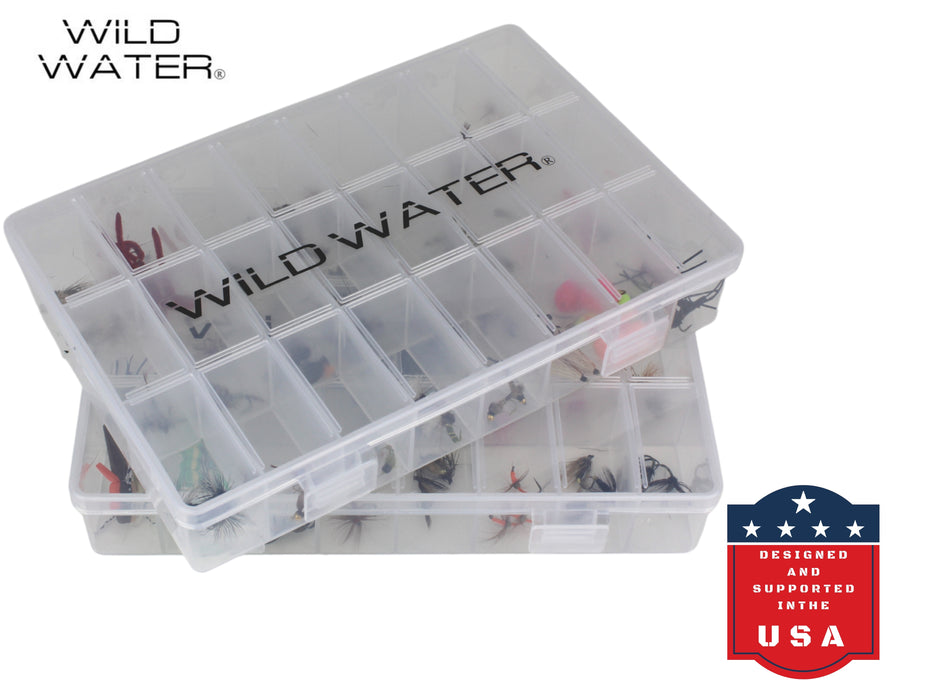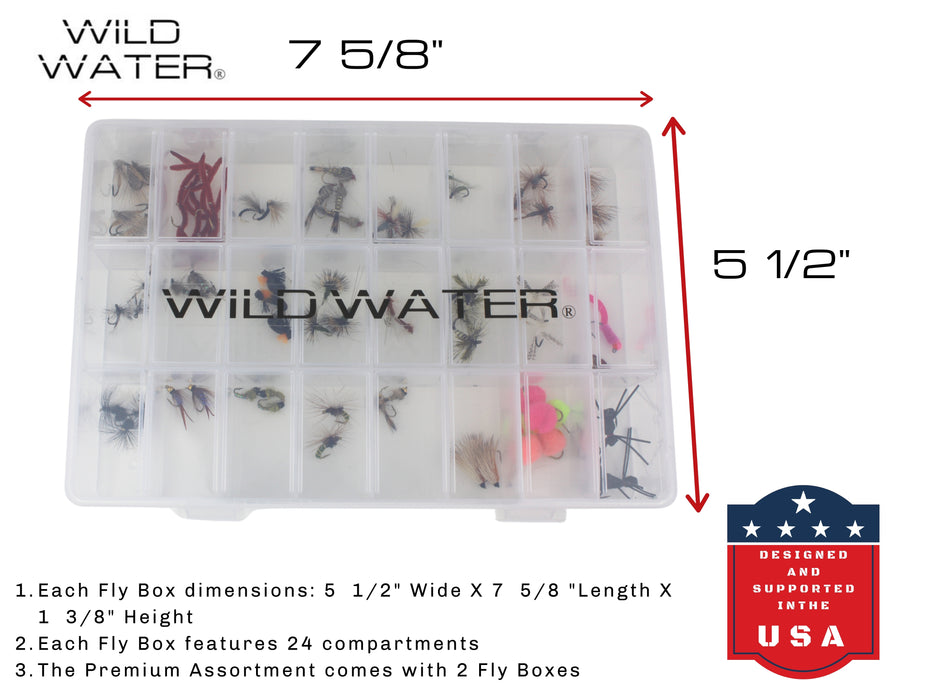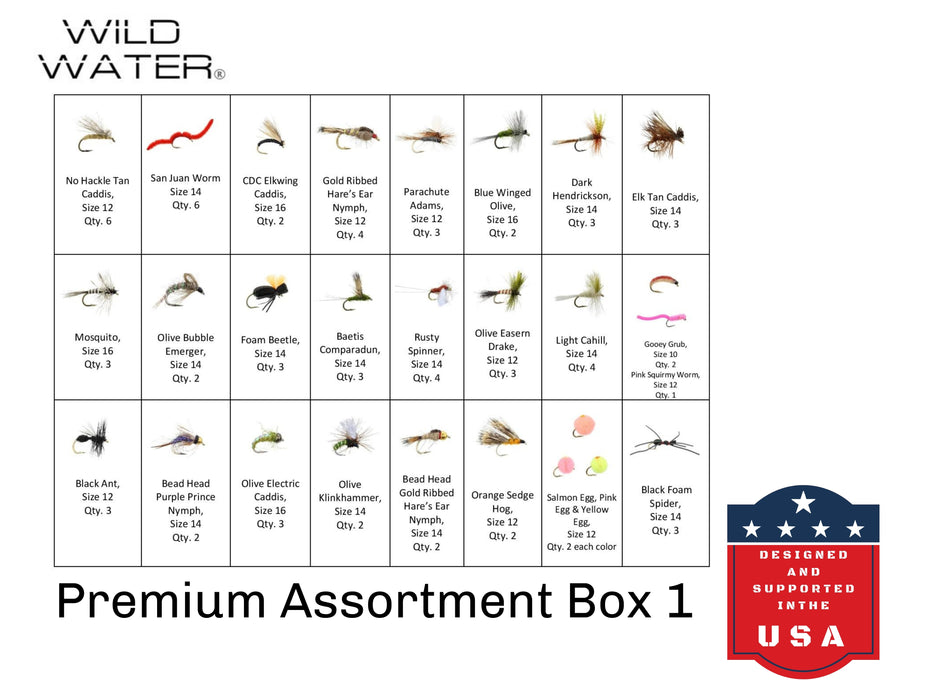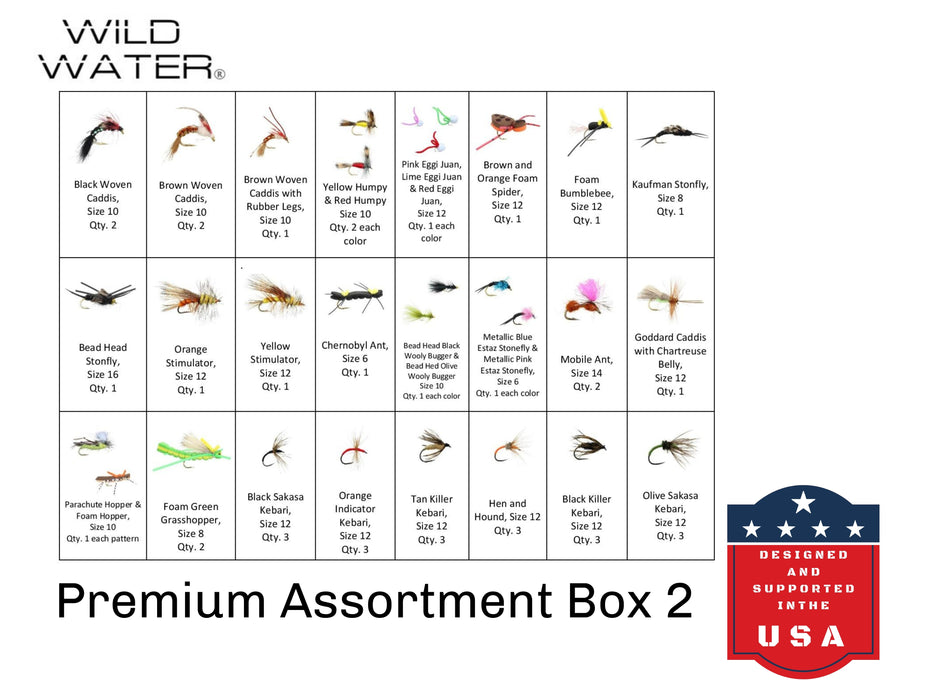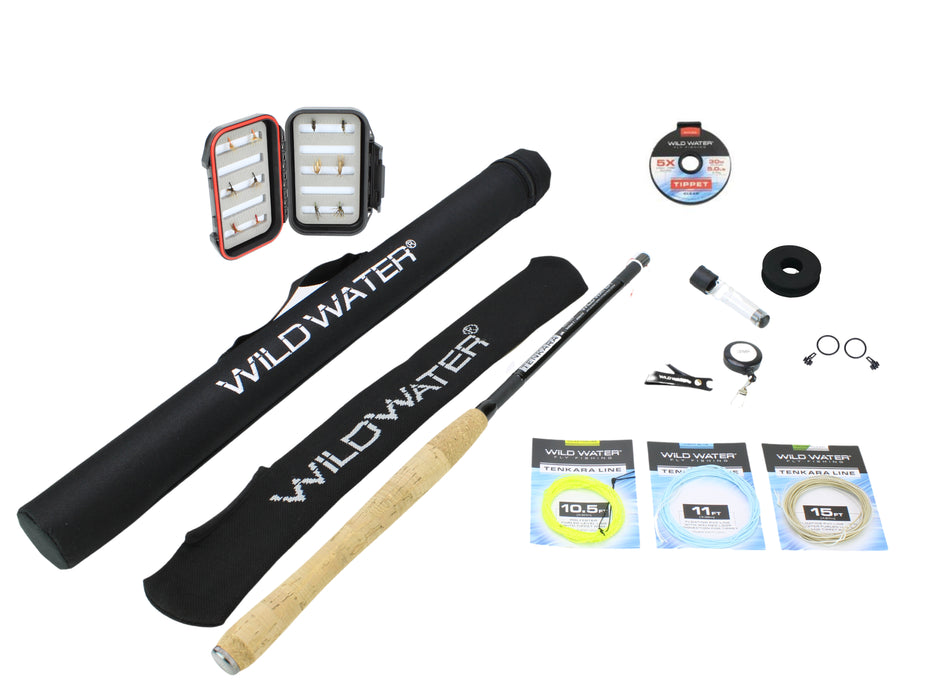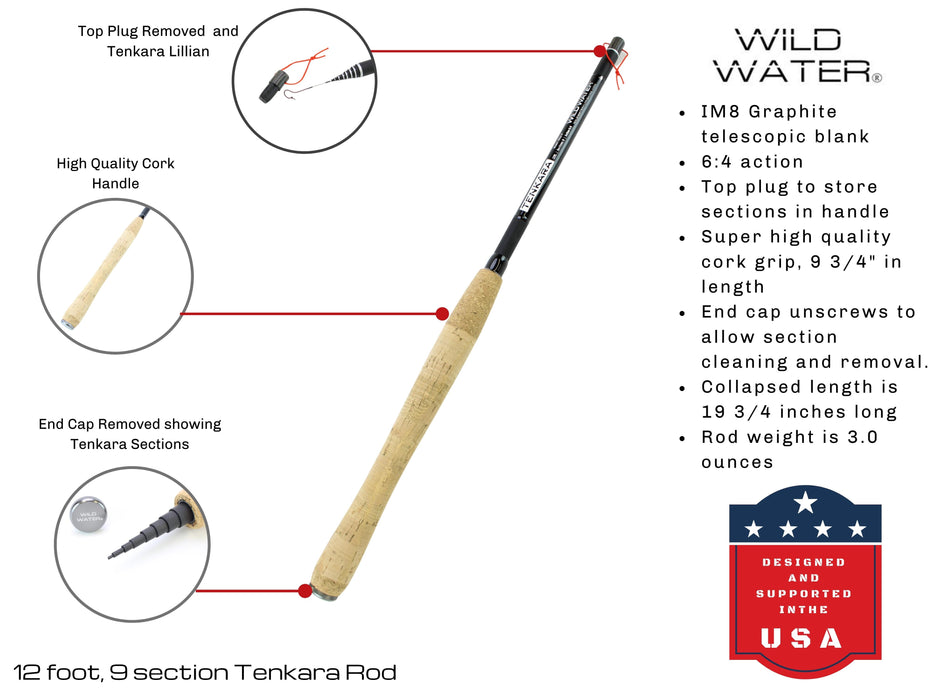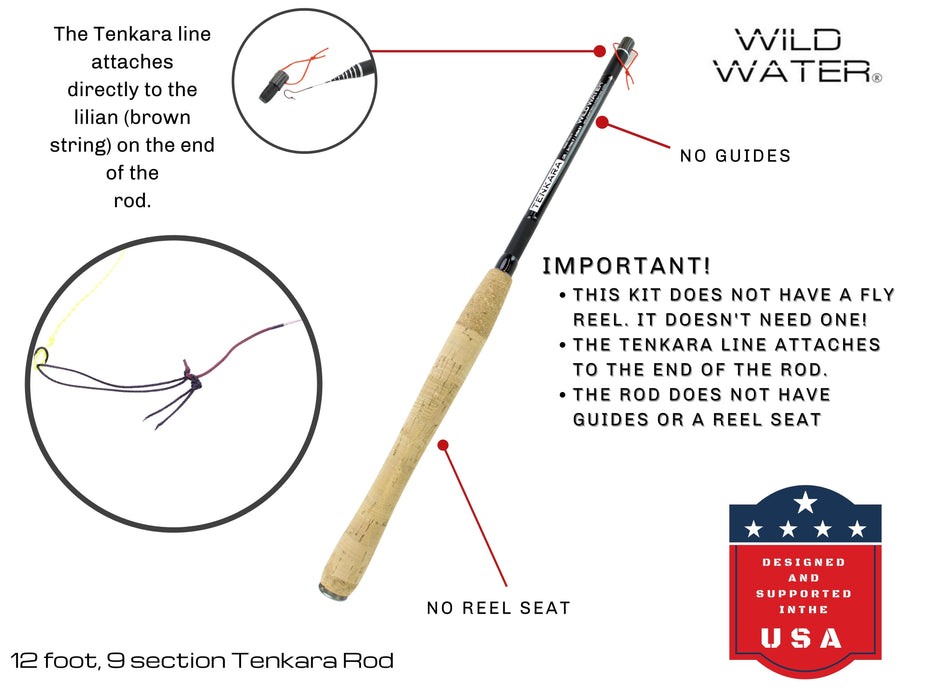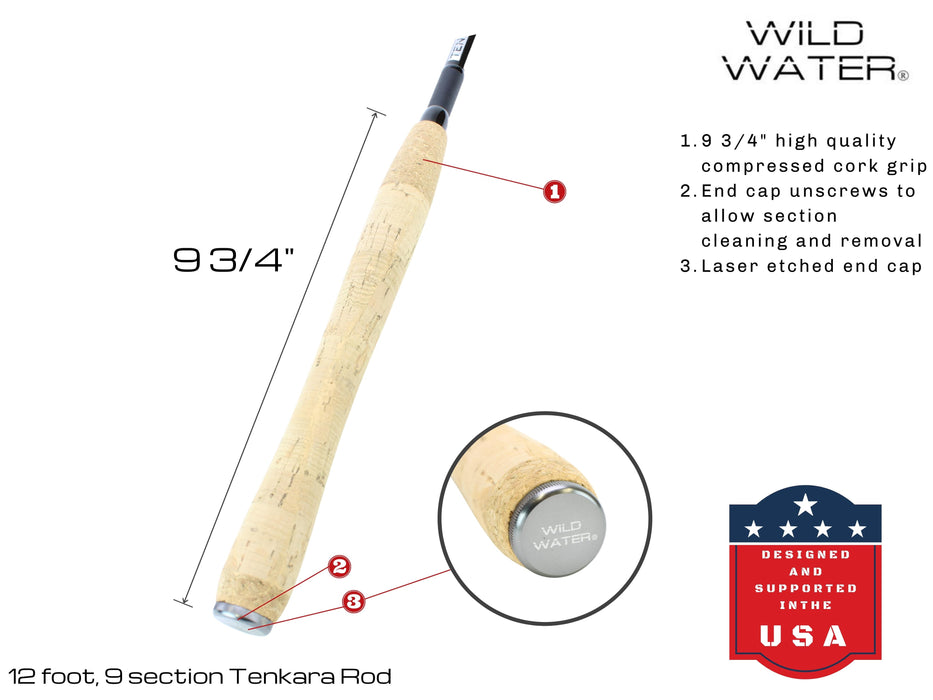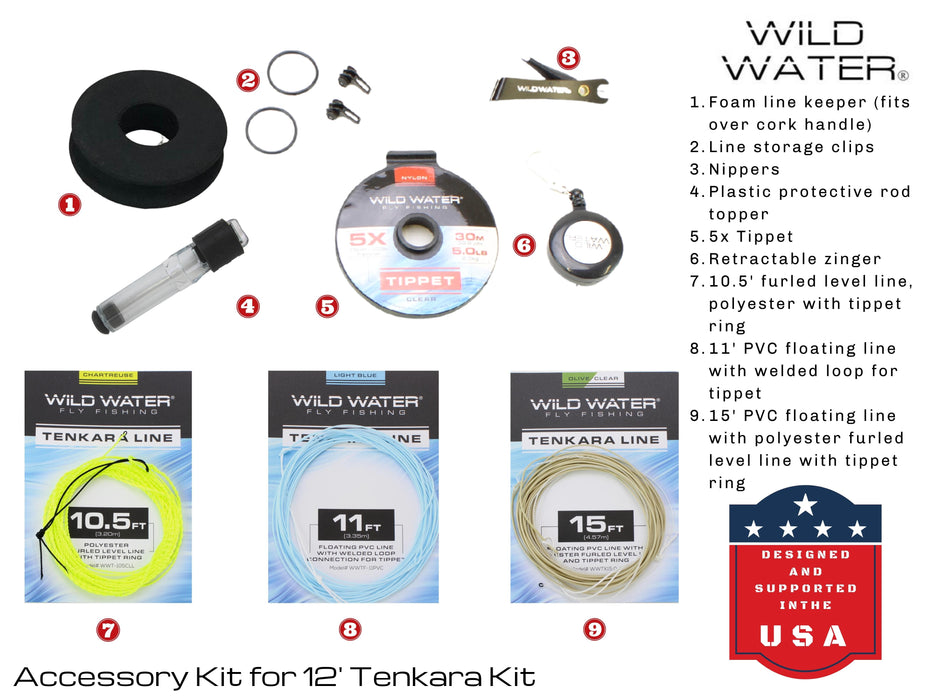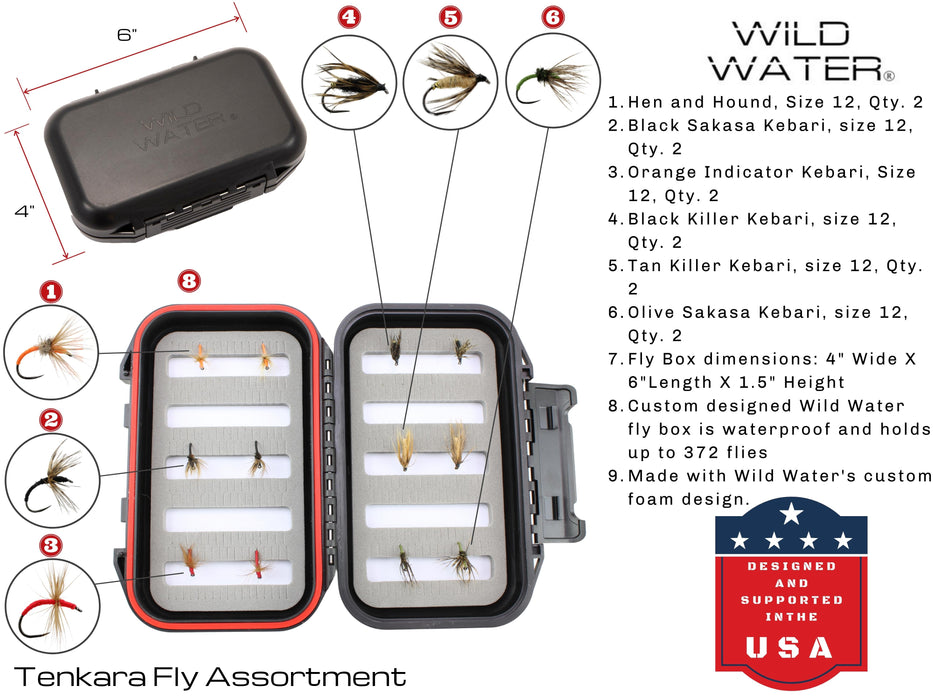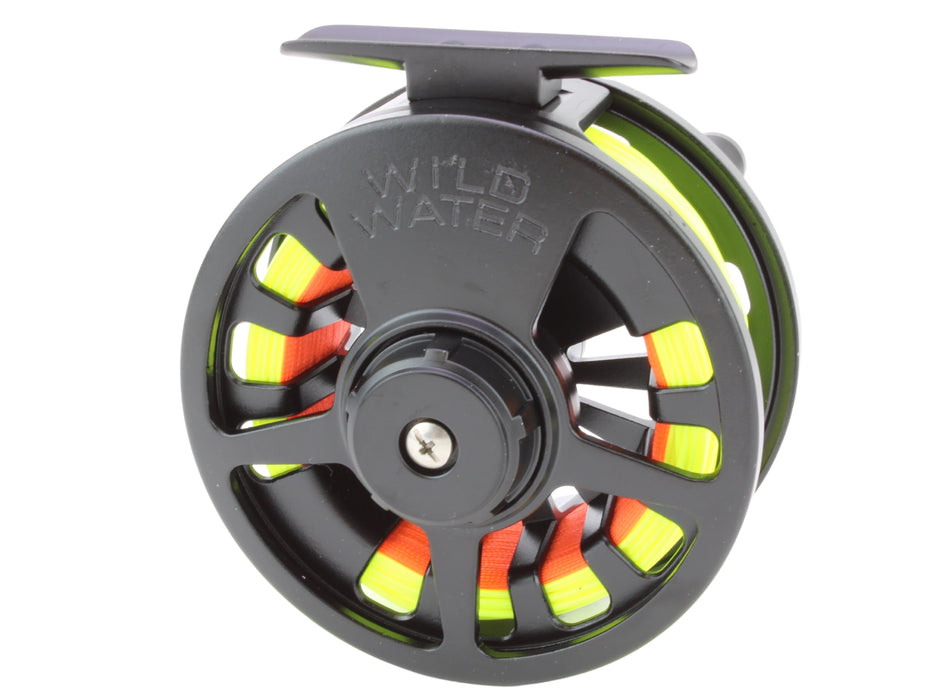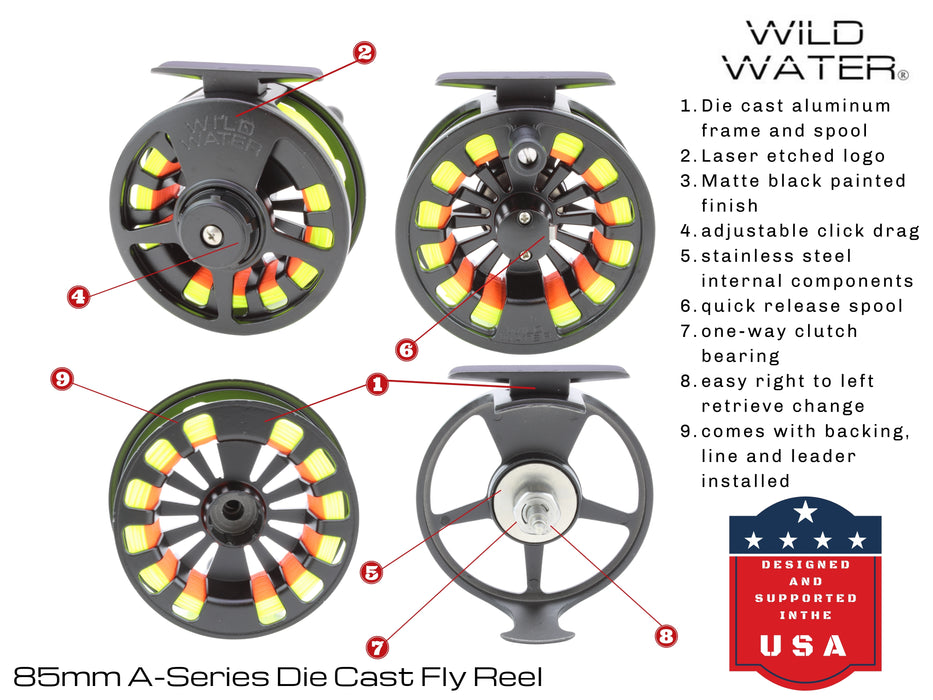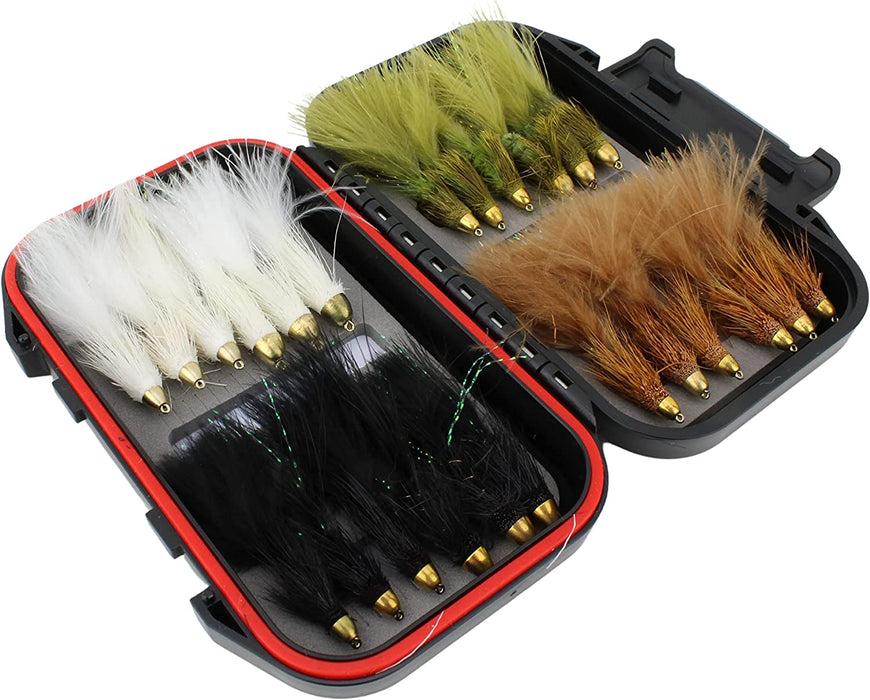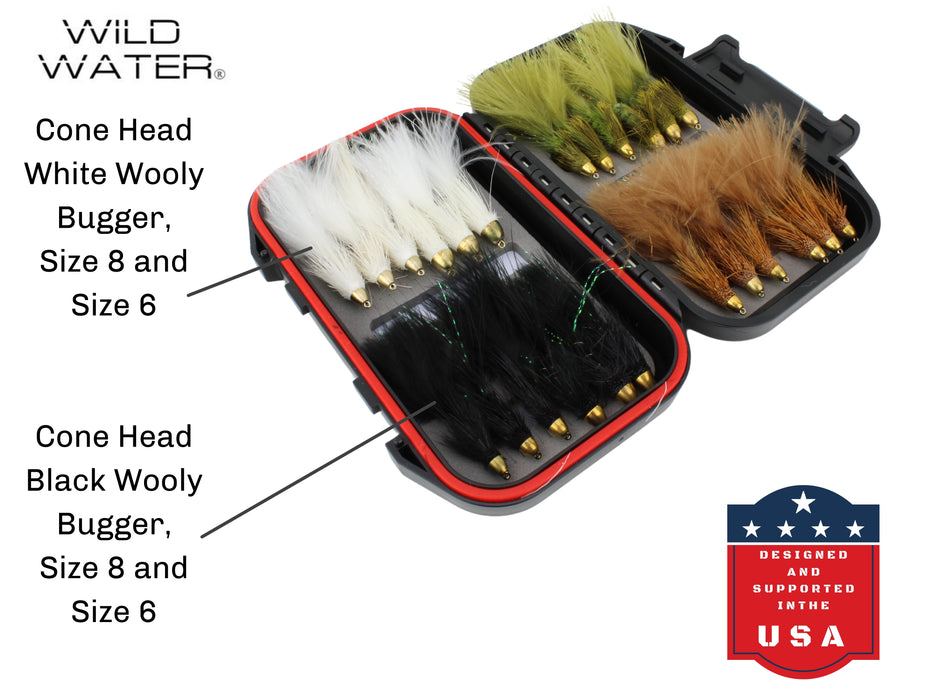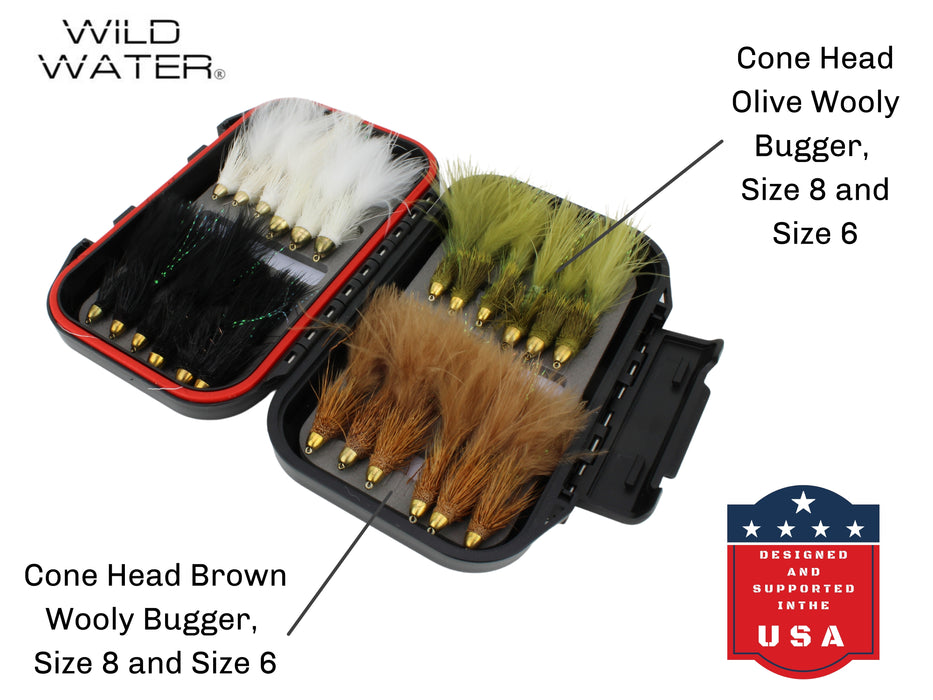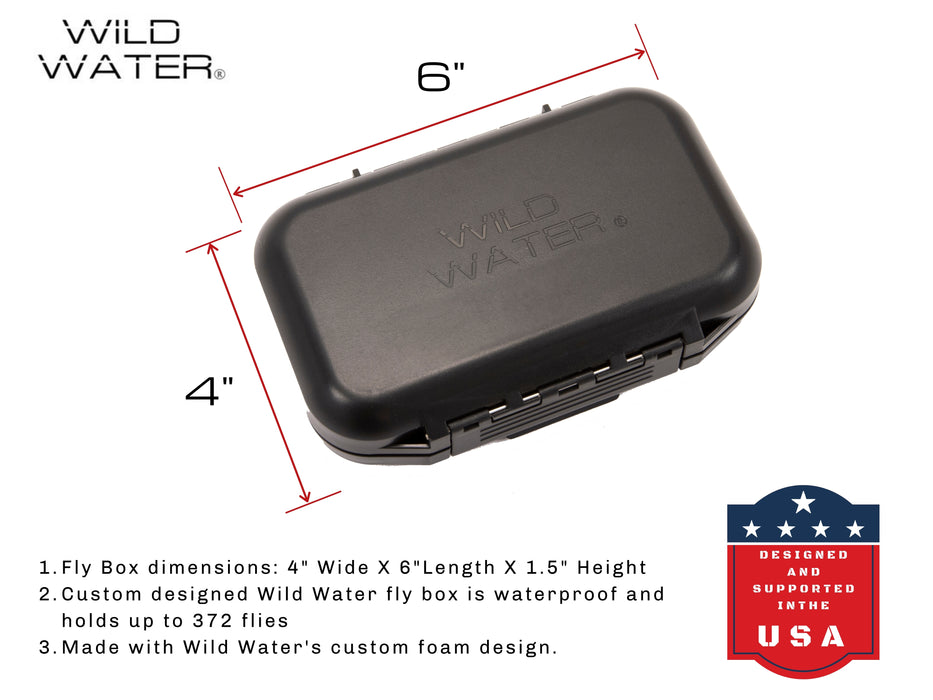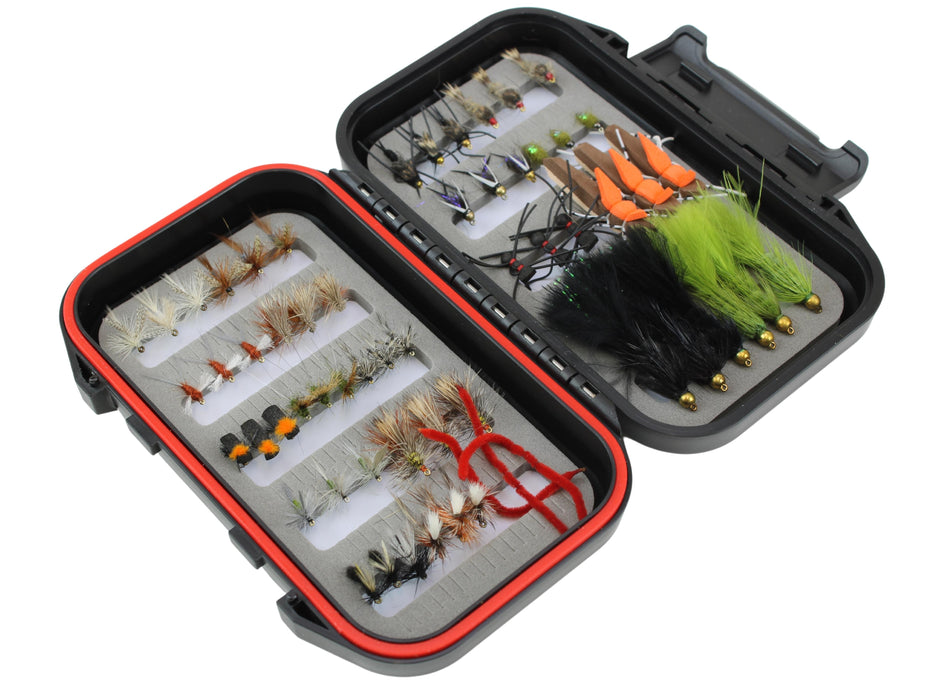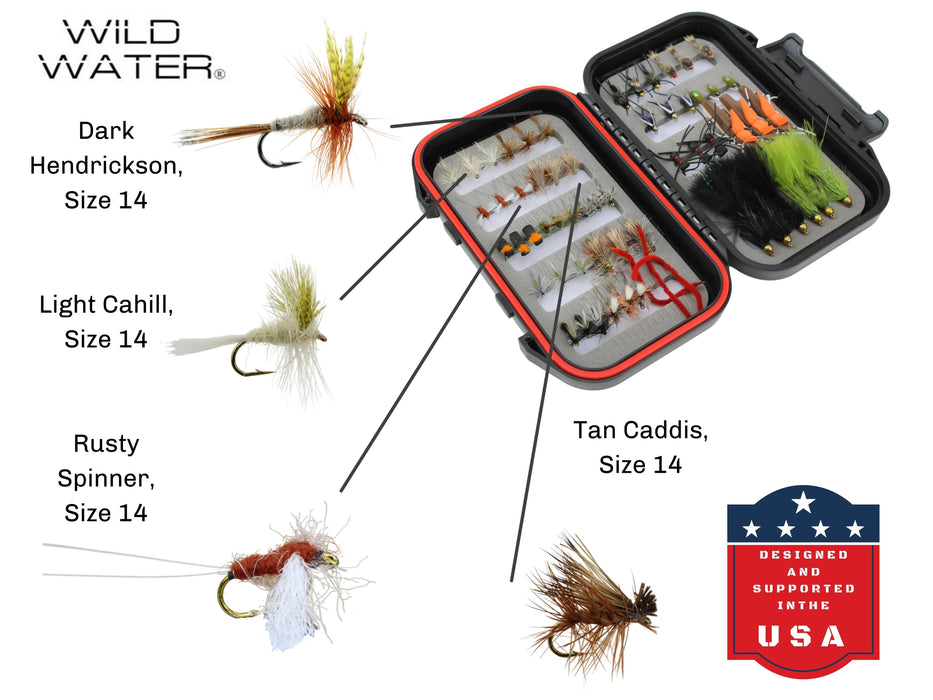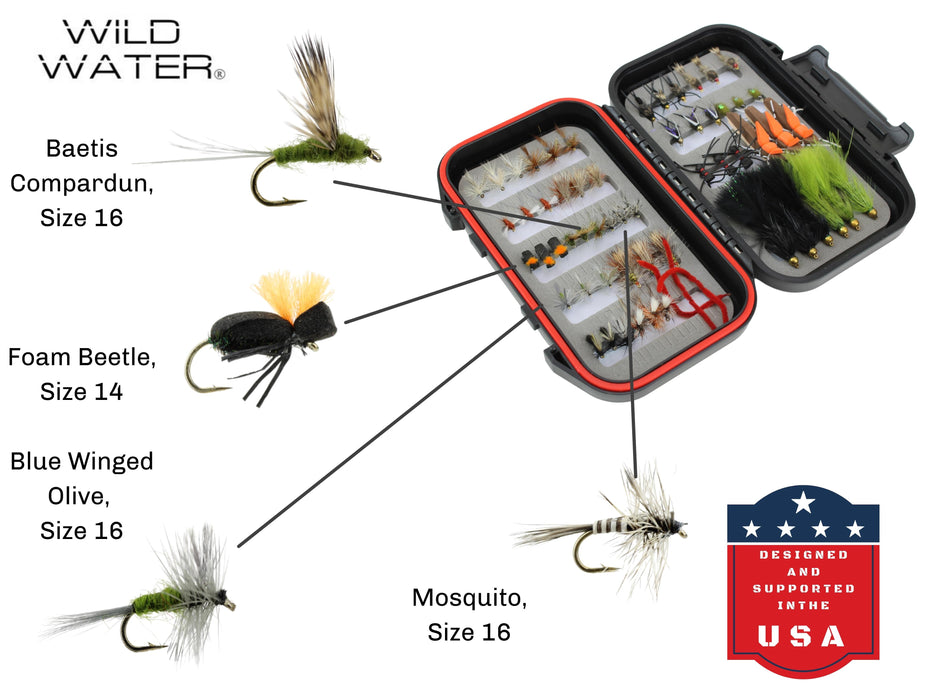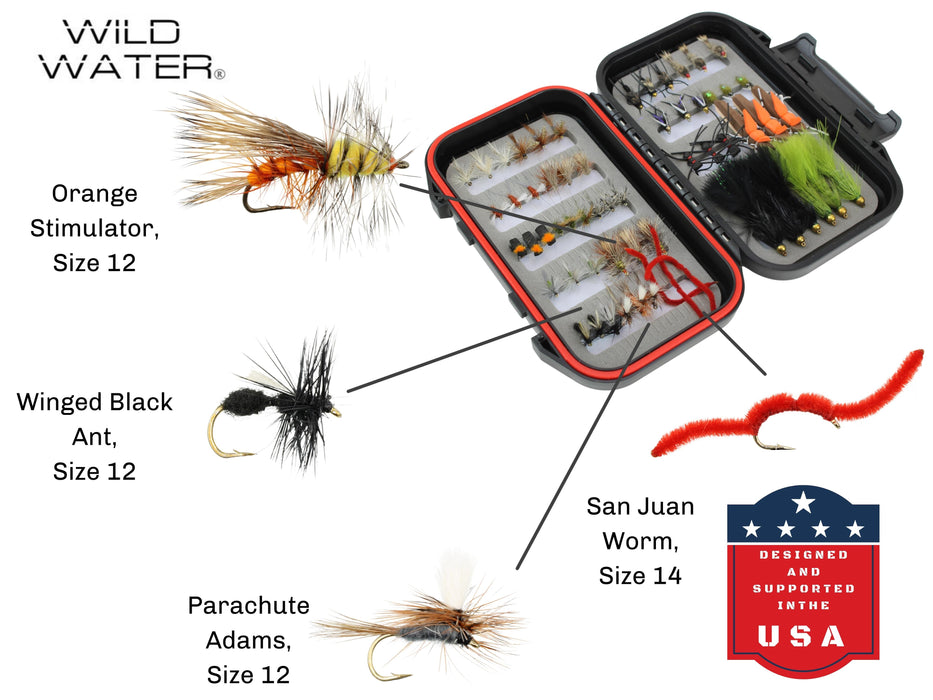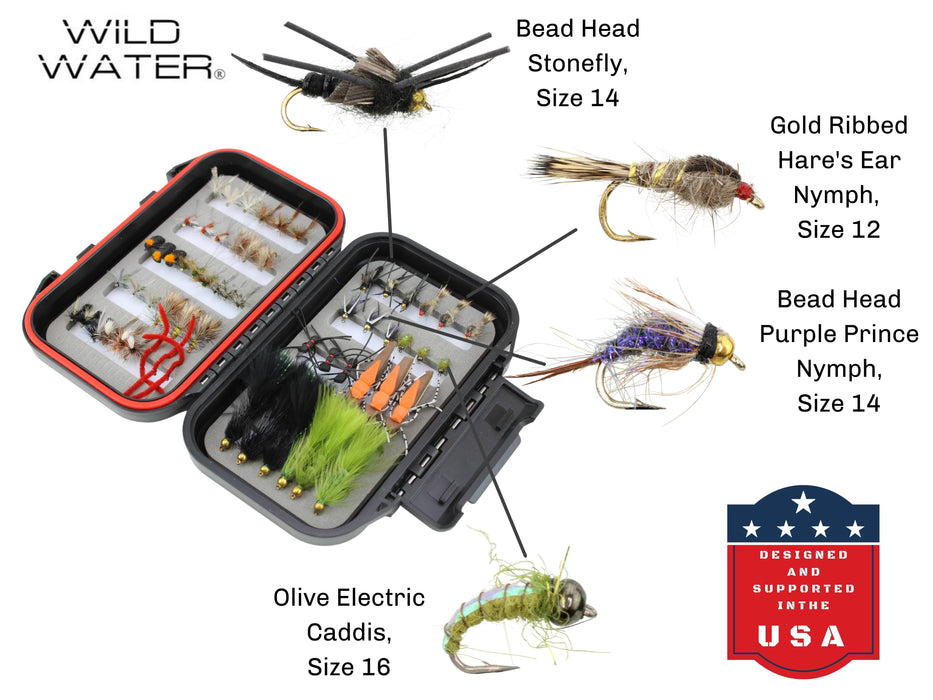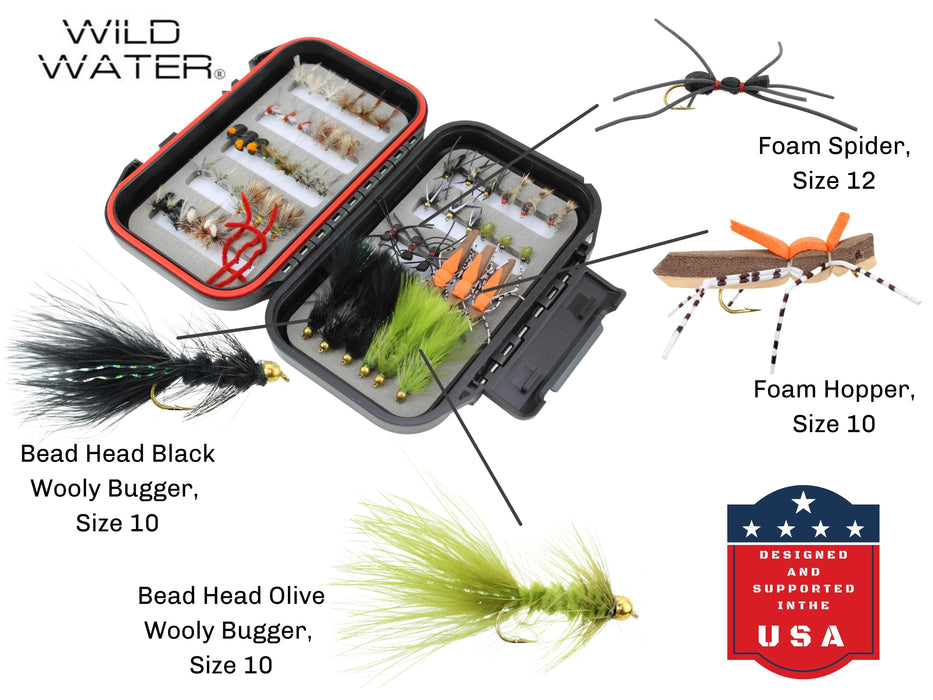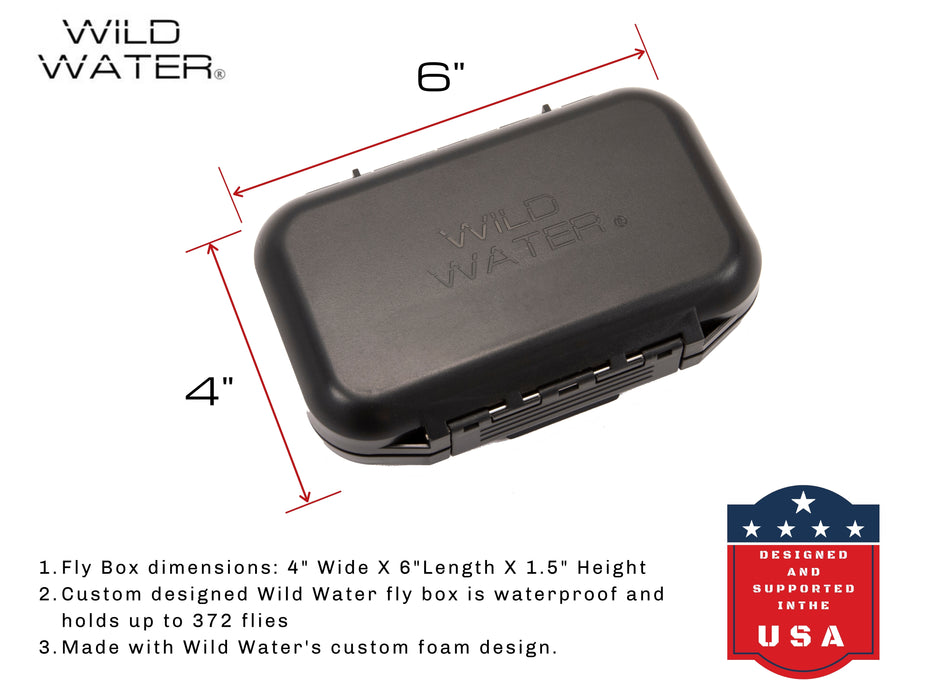Understanding Tenkara Fishing Techniques
Consistency and simplicity define Tenkara fishing. It’s a beautiful method of fishing that strips fly fishing down to the basics, and one of the main principles of Tenkara is that the specific fly pattern you use isn’t as important as how you present it.
Unlike traditional fly fishing, where anglers will sometimes change their fly a dozen times in an hour, Tenkara anglers generally stick to one or two flies, instead varying their technique to entice fish.
Even though Tenkara fishing is one of the most straightforward styles of fly fishing, there are still a wide variety of techniques to master. Learning a few of the main tips and techniques will help you to catch more fish and have fun out on the water.
These are a few of the most popular Tenkara techniques that are easy to learn and can help you catch more fish.
Dead Drift the Fly
The dead drift is the classic way to fish most flies – Tenkara or not, dead drifting is an extremely simple presentation style that presents the fly to the fish as naturally as possible. To perform a dead drift, cast your fly at an angle upstream and follow it with your rod until it completes its drift.
You’ll know you are executing a great dead drift if there is no drag on your fly. To figure out if there’s any drag, look closely and see if your fly is unnaturally pulling across the water. If it is, you’ll see a small v-shaped wake in its path, and you don’t want that if you’re trying to execute a dead drift.
Dead drifting is usually the first technique you should try when approaching a new spot. It’s the most natural way to present your fly to the fish, so we recommend trying this before varying your technique to involve more aggressive methods.
Add Drag and Action
We mentioned above that a good dead drift should have no drag. That’s true, but sometimes drag is just what a dead drift needs to spice things up for the fish! To create some drag and action on your fly, try doing what is called a pause. To pause your fly, stop following it with your rod and lift your rod slightly upstream. This motion will stop the natural dead drift of your fly and create some drag on the current for a few seconds.
Once you’ve paused the fly, resume the dead drift and pause it again in a couple of seconds. This technique is deadly because it mimics a struggling fly on the surface of the water, and it can catch attention from fish that would otherwise ignore a dead drift.
Cast Downstream
Casting upstream and across is the most common way to fish a fly Tenkara-style, but casts downstream can be equally as effective. A downstream cast won’t give you a perfectly natural presentation, but it can be a good aggressive technique when fish aren’t biting.
Try a downstream cast combined with the pausing method that we described above. It’s a fun way to fish, and it can be extremely productive! If none of the techniques above are working for you, casting across and swinging your fly downstream is another technique that is very productive. To get a good swing on your fly, make sure you let the current take it downstream and swing the fly until it’s directly downstream from you. Let it sit for a few seconds, and try again!
There are plenty of other Tenkara techniques to experiment with as you practice, but the techniques above are some of our favorites. Remember, there are no rules when it comes to fly fishing – mix and match these techniques until you find something that works! It’s impossible to predict what fish will want on a particular day, so experimentation is key until you find something that’ll produce.

